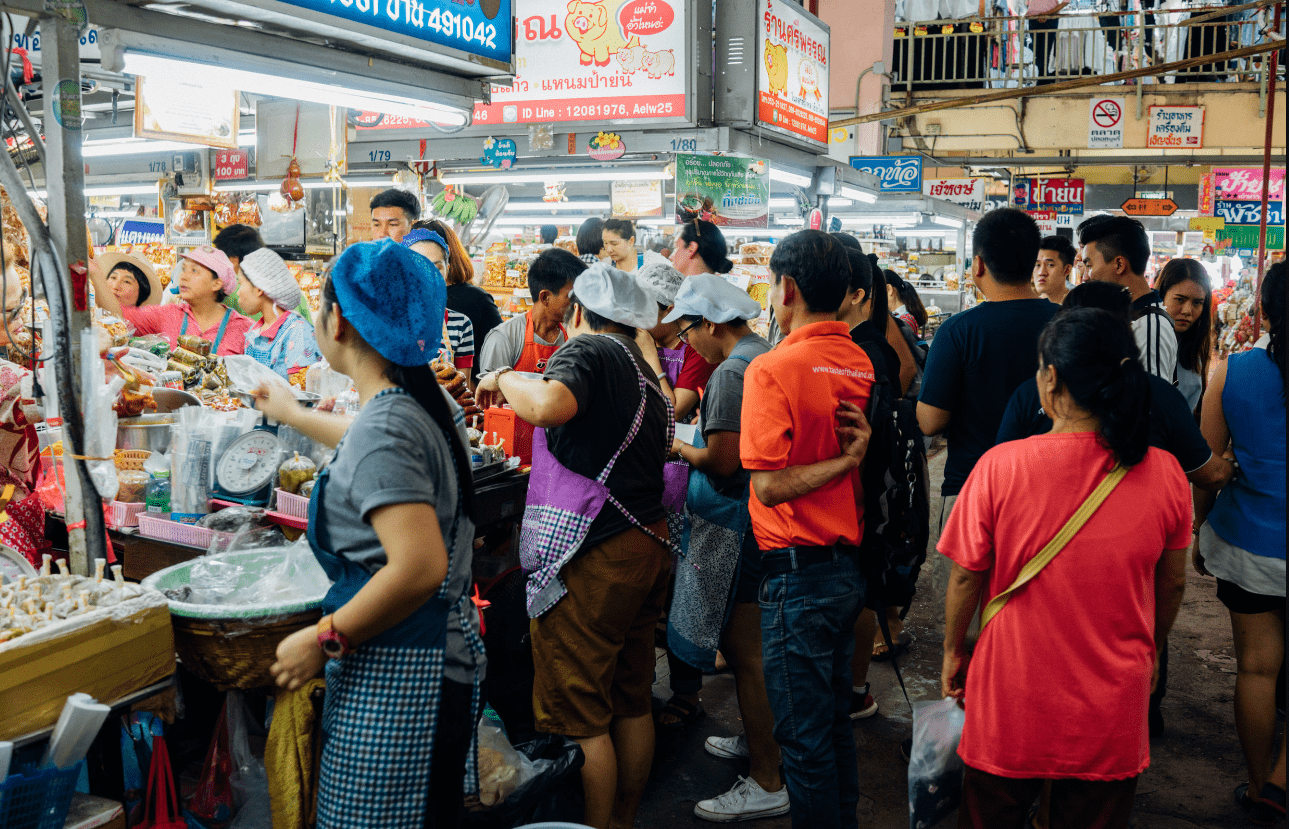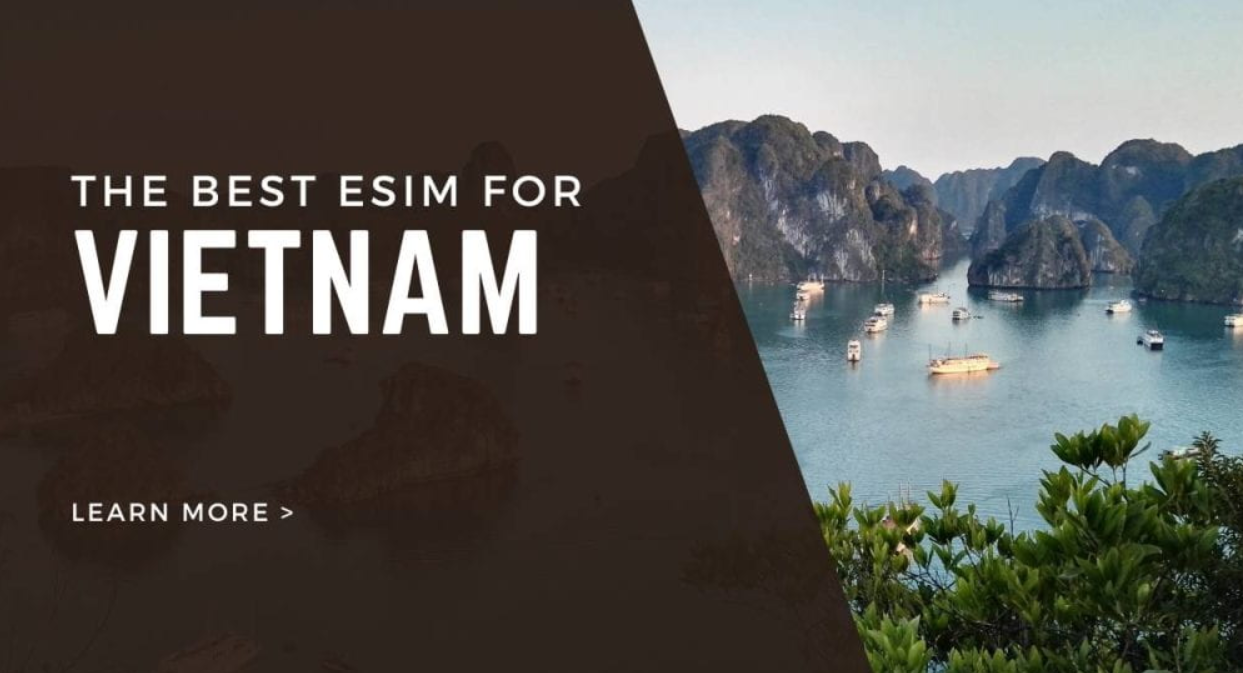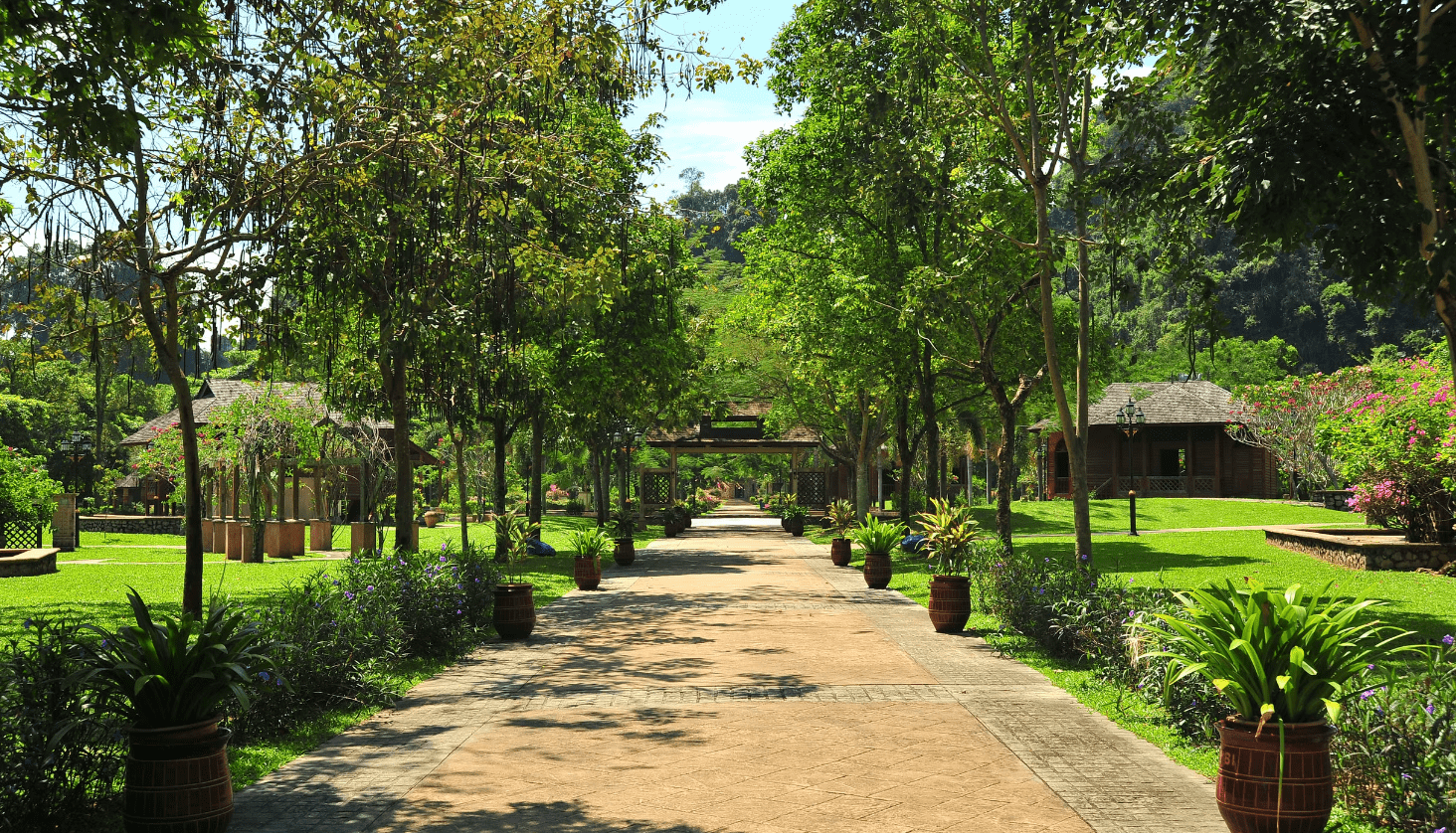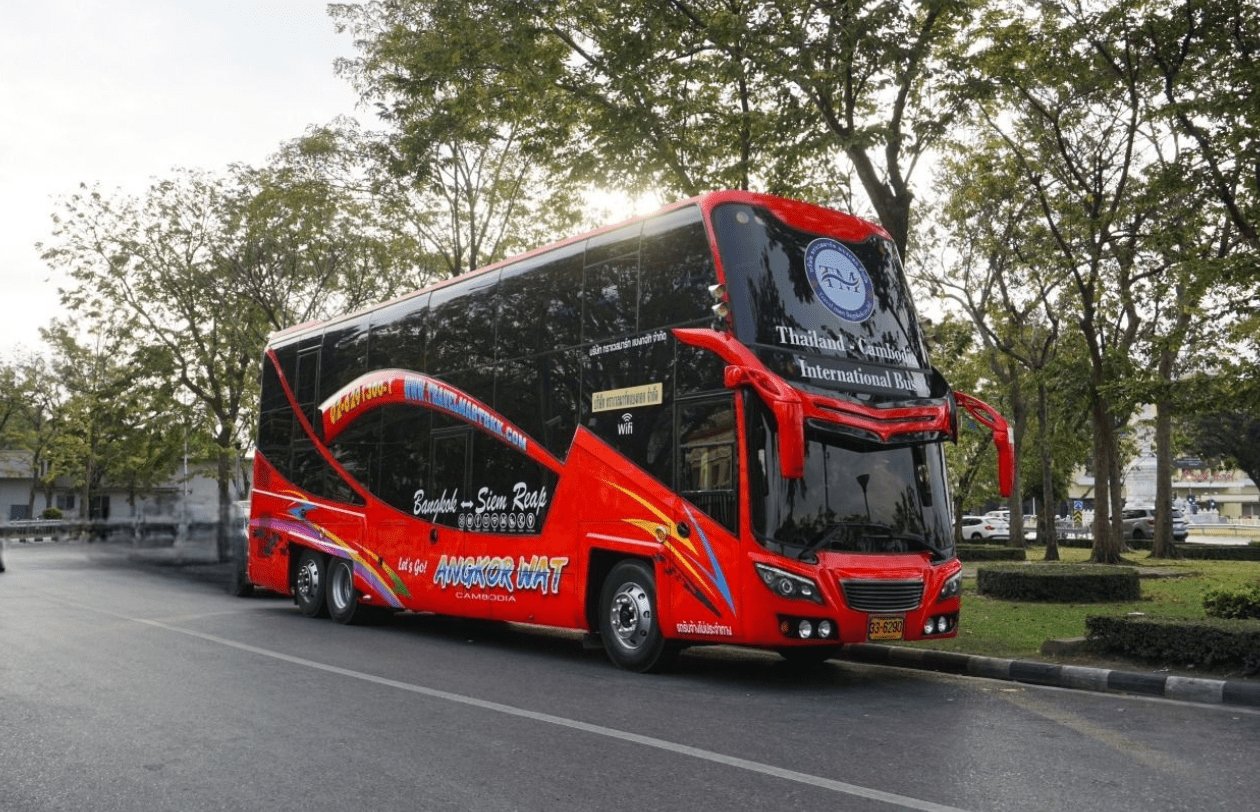Chiang Mai’s Warorot Market : Within the folds of a Hmong skirt lie stories of tradition, painted with wax and embroidered with care for special occasions from years past. The Hmong costume is one of the most vibrant and luxurious in Southeast Asia, and Chiang Mai’s Warorot Market is the ideal place to explore an array of vintage Hmong fabric remnants, hand-stitched quilts, textiles, garments, and baby carriers.
Warorot Market is the city’s main market hub. Besides textiles, you’ll find an extensive range of products being sold from the two covered buildings: Warorot itself and Ton Lamyai (which features a renowned fresh flower market at its rear), along with the nearby Hmong Market.
Outside these designated market areas, shopfronts offering herbal medicines and imported fabrics line the streets of Chinatown, creating a seemingly endless outdoor shopping complex. If you’re on the hunt for textiles in Chiang Mai, this is an excellent starting point.
Moreover, if you’re looking to experience one of Thailand’s most authentic markets, primarily frequented by locals rather than tourists, Warorot is a must-see. Early weekend mornings are when the market is most bustling, but you can also visit during quieter times, such as Wednesday afternoons.
Visiting the outdoor sections of both markets after dark (especially from 10pm onwards) can be quite enjoyable as fresh fruit and flowers are delivered from the surrounding countryside.
Warorot Market Guide
Warorot Market (sometimes spelled Worarot or Woraros) is referred to as Kat Luang (‘big market’) by locals. True to its name, this extensive market begins with a three-story covered complex and extends to numerous street stalls and shopfronts on both sides of Chang Moi Road. Consequently, the term Warorot often refers to Chiang Mai’s entire downtown area, encompassing the portion of Chinatown situated between Thapae Gate and the Ping River.
During the day, Warorot Market is a lively trade hub, with its indoor shops and market stalls in full operation. After 6:30pm, as the indoor market winds down, Warorot transforms into a vibrant array of fruit, flower, and other fresh produce stalls. This guide focuses primarily on the indoor market, which operates from around 5am until sunset, seven days a week.
Ground Floor
Start your exploration at the northeast corner of the market, where Chang Moi and Wichayanon Roads intersect, and where most songthaews drop off passengers. The Warorot building’s perimeter is lined with covered clothing stalls and Chinese gold shops. Enter the main building through one of the many undercover walkways along the eastern wall. This is a great spot to enjoy a morning snack of dim sum, steamed buns, or rotisserie chicken before diving into the market. Heading left upon entry will lead you to Area 4, where stalls primarily offer bamboo kitchen utensils, plastic crockery, and temple offerings.
Further along the eastern edge of Warorot, you’ll find a short staircase on your right leading down to a subterranean food court. Here, small tables and chairs are set up near a variety of khao soi and noodle stands. Surrounding the central court are contemporary boutiques featuring beautiful hill tribe clothing made from embroidered and appliquéd fabrics.
Market Floor
From the matching small staircase opposite your entry point, you’ll reach the main market floor. This area resembles a mix between a herb dispensary, a pick-and-mix sweet shop, and a greengrocer, selling dry goods, packaged snacks, and some fresh produce (mainly barbecued meat). It’s usually quite busy, especially on weekends. Note the substantial amount of plastic packaging, although some stalls do offer fresh ingredients worth seeking out. For instance, a vendor sells spicy chili paste by the kilo, while others offer banana-leaf pyramids containing traditional Thai sweet snacks, such as molasses, soy bean paste, and sticky rice. Also try Lanna snacks like pork rinds, rice crackers, and fresh tamarind.
Second Level
After navigating the market floor and observing its unique features (such as the old kitchen scales next to the public phones), ascend one of the out-of-order escalators to the second level. This floor features an open rectangular balcony overlooking the market below, providing an excellent photo opportunity.
Consider the second level as divided into four sections, each dedicated to a different product category. The southern end houses the pharmacy section, transitioning into a row of clothing stores. On either end of the floor, you’ll find stores selling pre-cut lengths of Indonesian batik and other fabrics, which can be tailored by seamstresses at the rear of this level.
Top Floor
From the second level, climb another set of stairs to access Warorot’s top floor. This floor is also open in the middle, with the northern balcony offering the best clothing options, including indigo cloth garments. One standout shop here offers a range of items such as umbrellas, drums, woodwind instruments, and various curios, including temple bells, wood carvings, and peacock feathers. The southern balcony features a small, sparse food court.
Walking to Talat Ton Lamyai
Head back to Warorot’s main second floor. A small staircase behind the uniform shops on the western wall leads to the open air. This walkway connects to the Lamyai building, Warorot’s second undercover area, located directly across the street.
Guide to Talat Ton Lamyai
Crossing into Lamyai’s top floor reveals a layout similar to Warorot, with a large balcony overlooking the market floor. However, Lamyai is noticeably quieter. The indoor stalls in Lamyai operate similar hours to Warorot (from around 5am to sunset), but the outdoor section remains bustling around the clock. Finished with white-washed concrete, the interior of Lamyai appears newer and cleaner, with a different quadrilateral shape. The top storey features winter clothes, inexpensive shoes, bags, and school uniforms.
Top Floor
The longer end of the top floor, which is open and divided by ramps, is the most tourist-friendly section. Here, you’ll find colorful, lightweight clothing and souvenirs like key chains. One stall, located at the far right, offers a beautiful range of carry bags made from antique textiles. The owner, nicknamed ‘Shit’, showcases how he stitches these bags using traditional hill tribe shirts, a particular favorite among shoppers.
Market Floor
The market floor in Ton Lamyai is comparable to Warorot’s but features more aromatics, including dried shrimp. You can purchase hill tribe Arabica coffee and locally grown tea leaves here. Another shop offers unique homewares and utensils, such as quirky wooden teacups and woven rice baskets. The northern end of the floor transitions into a wet market (likely connected to the Ping River) and a food court.
Walking to Chiang Mai Hmong Market
Chiang Mai is an excellent city for walking, so explore the short distance between markets on foot. Exiting Lamyai via a passage on the western wall will lead you to Wichayanon Road, which intersects the two undercover markets (you’ll see the pedestrian overpass above you).
Around this area, you’ll find numerous tuk-tuks and trishaws amid food stalls, fresh flowers, and fruits and vegetables. Many of these stalls operate 24/7 and become lively at night with fresh deliveries. With Warorot on your left, turn left away from the river and walk a few meters to return to your starting point.
Outside Stalls
Continuing along the market’s perimeter, you’ll encounter stalls selling inexpensive clothing and fabric by the meter. Directly opposite the Chinese temple is a large fabric store. Note the narrow lane just before the temple, which is filled with busy food stalls.
Guide to Chiang Mai Hmong Market
A small lane at the southwest corner of Warorot leads directly to the Hmong Market. Less permanent than Warorot and Lamyai, the Hmong Market is primarily made up of temporary tarpaulin-covered stalls and bins filled with fabric. It’s dimly lit and a bit stuffy, but worth exploring if you’re interested in textiles. Here, you’ll find antique notions, fabric swatches, Akha hats, batik skirts, quilts, antique fabric panels, and rolls of both raw and indigo-colored hemp fabric.
Surrounding Area
Don’t stop with just these markets – there are numerous other shops scattered around the Warorot area and across the Ping River. Another spot worth checking out is the clothing market at the intersection of Soi Kuang Men and Thapae Roads. Notable shops include Le Leezu, which offers incredible handbags made from leather and antique textiles, and Parichart Design, known for its collection of locally-made women’s wear.



